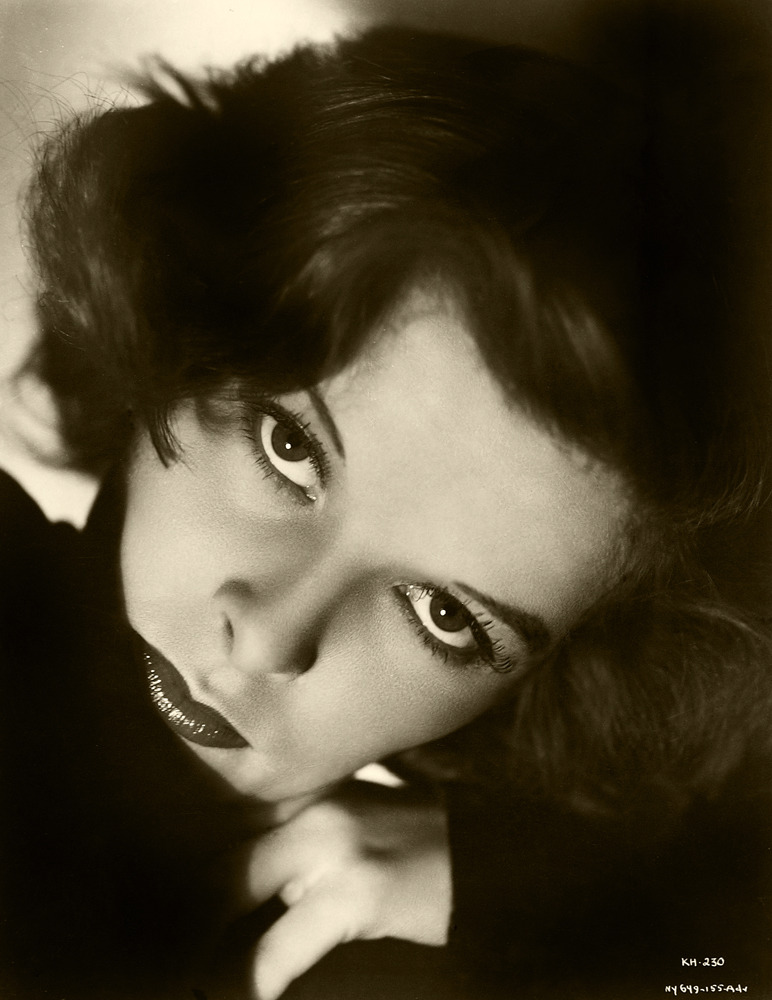 R
Recently re-introduced to
Piet Mondrian's naturalism phase, followed by the move into the landscapes and luminsm, the lush yet stark color is almost intoxicating.
.jpg) |
| Practicing yoga, Piet strikes a pose. Apologies for late night cheesiness. |
The man (born in the Netherlands) joins other Dutch painters to be stared at for hours. But all previous for me had been realists that would capture me with a dew drop on the petal of one flower amongst so many wondrous things. There are a few at the
Milwaukee Art Museum that I could cram my face so near that I could (thank the gods) see the brush strokes.
"Pieter Cornelis
Mondrian was born on March 7th 1872 in Amersvoort
in central Holland and lived there for the first eight years of his
life. He was the second child of four, with two brothers and one sister.
His father Pieter Cornelis Sr. was headmaster of an elementary school, a
gifted draftsman and amateur artist. Uncle Frits
Mondrian was a
self-taught painter and commercially successful, even the Russian court
bought his work. As Piet Jr. progressed towards abstract art, he came
into conflict with uncle Frits, which seems to have had something to do
with Piet Mondrian signing his paintings with "
Piet Mondrian" (instead of Mondriaan) from 1912 on."*
 |
-on view from apartment...
"Trees! How ghastly!" Piet Mondrian |
"In 1908 Mondrian became deeply involved in the latest developments in
art, and in the course of the next 10 years or so he developed with
astonishing rapidity through a succession of styles. He began to use
pure, glowing colors and expressive brushwork under the influence of
pointillism and Fauvism in pictures which are almost like those of
Vincent Van Gogh in their vivid colors and intensity of expression.
Motifs such as church towers and windmills were painted in a blaze of
color with staccato, pointillist brushstrokes. But Mondrian soon turned
to a more monumental and simplified treatment in which the motif was
depicted close up, in isolation, dominating the picture area
symmetrically, and the pointillist brushstrokes were replaced by large
unmodulated areas of color." **

His eventual move to Paris began his move from naturalism to toward Cubism which lead to his own
Neoplasticism (de Stijl).
From the Red Tree to the Gray Tree, the change in styles is exuberant and astonishing.
"While Mondrian was visiting home in 1914,
World War I
began, forcing him to remain in The Netherlands for the duration of the
conflict. During this period, he stayed at the Laren artist's colony,
there meeting
Bart van der Leck and
Theo van Doesburg,
who were both undergoing their own personal journeys toward
Abstraction. Van der Leck's use of only primary colors in his art
greatly influenced Mondrian. After a meeting with Van der Leck in 1916,
Mondrian wrote, "My technique which was more or less Cubist, and
therefore more or less pictorial, came under the influence of his
precise method." *** Van Doesburg founded a magazine called "De Stijl" (The Style) for which Piet Mondrian wrote a few articles.
"They were of the opinion that artists, architects and sculptors should
work together to create a new society that would be in tune with "the
laws of the universe". The art that went with it should be clear in form
and spiritual, as opposed to earthly. Natural forms were earthly,
straight lines and angles spiritual. Thus "it would not be impossible to
create a paradise on Earth", they said.
Now De Stijl is known as an art movement, almost synonymous with the
red, yellow and blue neo-plasticism paintings of Piet Mondrian." *
And thus were created all the paintings that are now synonymous with Mondrian.
* from biography located
here
** from
here
*** from ye olde
Wikipedia











.jpg)


